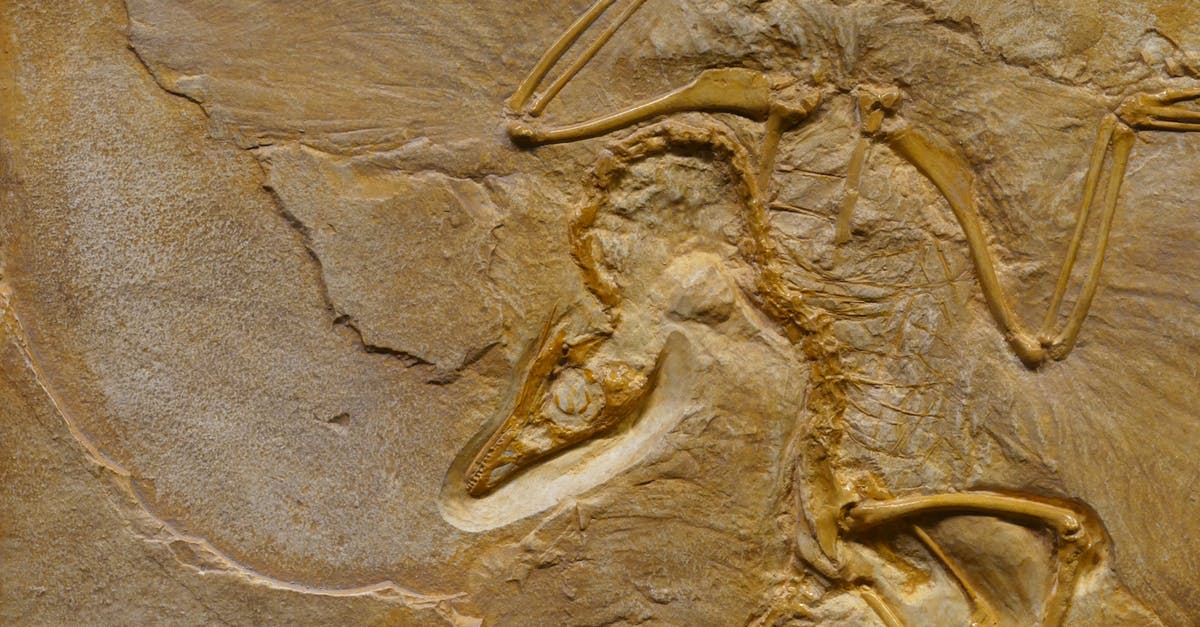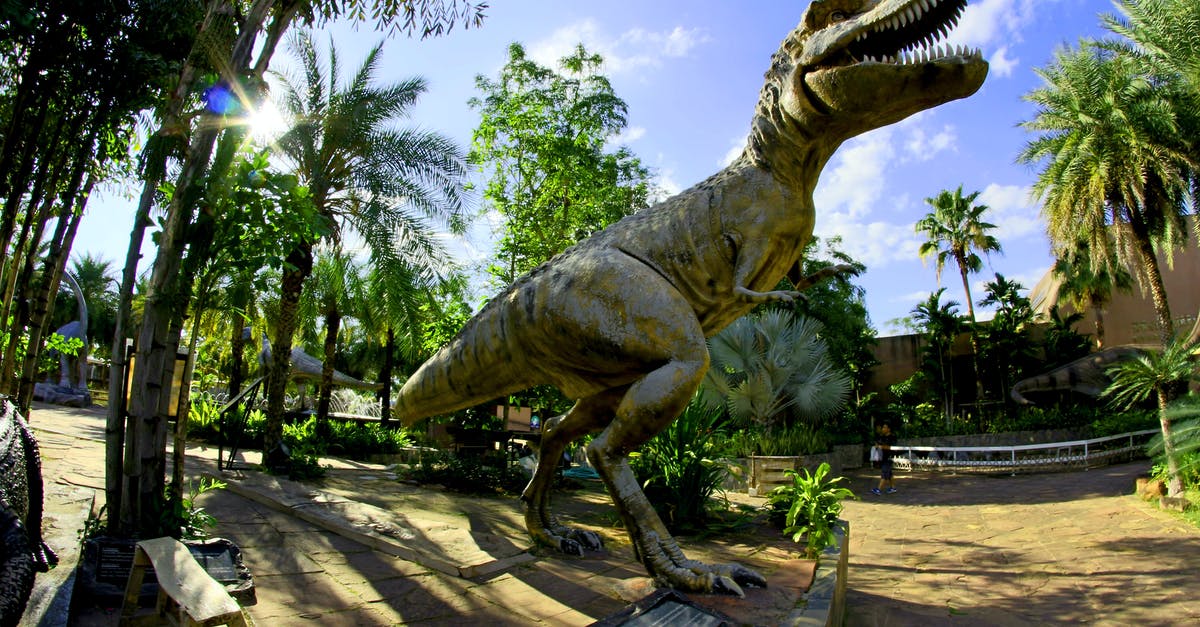Scientific accuracy of Jurassic Park's premise?

I was just watching a documentary about dinosaurs and this question came to my mind. In Jurassic Park, the whole story is based on the premise that dinosaurs were recreated using the blood found in an amber. Later scientists create the dino DNA and hence create dinosaurs. How realistic or scientifically possible is the story? I mean of course no one has ever found dinosaurs' blood, but let's say even if it was trapped inside a mosquito inside amber, could that ball of amber, still survive millions of years later? Of course they said in the movie that DNA was not complete, but then it comes to the mind that would it have anything at all?
Broadly I have two questions
- How much scientifically possible is the discovery of dinosaur blood, today ?
- How much scientifically possible is it to recreate dinosaurs even if their blood sample is found?
What I mean is, if by chance, such a thing really happened (the story of mosquito biting dino and getting locked in amber) is it possible to create dinosaurs?
Best Answer
In a word, No.
According to this Natural History Museum fact file, Professor Jeremy Austin describes the possibility of recovering a sufficient quantity of usable DNA to recreate a dinosaur as being essentially zero.
NHM: Do you think it likely that scientists will ever be able to extract enough DNA from fossilized remains to reconstruct the complete DNA sequence for a dinosaur?
Austin: I think it would be an impossible task. Even if we could successfully isolate fragments of dinosaur DNA, mapping the correct DNA sequence for a complete dinosaur genome would be like trying to predict the contents, and order, of a complete library of information, from the facts contained in just one or two pages of a single book. To give you an idea of the complexity of the problem I have been analyzing DNA from specimens of lizards that became extinct about 300 years ago. The largest single piece of DNA sequence that I have been able to obtain so far, after 6 months of effort, is 50 base pairs. These minuscule snippets of information tell me that I am looking at a lizard from a particular group but it is a quantum leap away from enabling me to predict the thousands or millions of base pair sequences for a single feature of the animal--let alone its complete genome
That being said, there have been recent efforts to discover whether complex molecules can survive deep time. The answer is a qualified yes but it's notable that this discovery doesn't mean that DNA is any sort of recoverable condition, merely that the DNA itself has molecules that can survive millions of years.
Pictures about "Scientific accuracy of Jurassic Park's premise?"



Top 10 Scientific Inaccuracies in Jurassic Park
More answers regarding scientific accuracy of Jurassic Park's premise?
Answer 2
The following information is based on a book i read a few years ago, which i'm pretty sure is The Science of Jurassic Park and the Lost World, Or, How to Build a Dinosaur by Rob DeSalle and David Lindley.
Recovering dinosaur DNA from mosquitoes trapped in amber would be practically impossible.
First of all, there's a good chance that whatever the mosquito last sucked blood from was not a dino. There goes a whole bunch of samples.
Now, if somehow, you have a mosquito that sucked dinosaur blood and then got petrified in amber, the DNA would still be unusable. By the time the mosquito died, its stomach acids would have already dissolved the DNA past any recognizable state. After all, it's not instant - the amber is a bit slow to seep, and slow to dry.
So basically, dinosaur blood is practically impossible to find. And if it was found, you would not be able to create anything from it.
Answer 3
I'm inclined to say yes, based on new discoveries of fossils (and to be discovered fossils) and newly (to be) developed techniques.
To clone a dinosaur one requires well-preserved tissue that contains DNA, and techniques that take this DNA and create an actual dinosaur from it. It seems that for both of these points progress is made:
Soft tissue
Scientists discovered soft tissue of a T-Rex, which might contain (fairly complete) DNA. This discovery might lead to new insights regarding whether dinosaurs were warmblooded, coldblooded or both, and even about their evolution. And potentially well preserved DNA. Furthermore, new fossils are discovered quite regularly so who knows what gems are still undiscovered. It nevertheless proves that soft tissue can be preserved for millions of years.
Techniques
Though even if we would have the complete DNA, it would be hard to clone a dinosaur. As explained in this article about cloning Mammoths from found soft tissue. However, none of these problems seem unsolvable at the time being, yet are not solved now.
Ethics
Whether we should clone a dinosaur if we can is a whole different question. Also it raises new ethical questions as well: would the cloned dinosaur be an endangered species, can it survive in the wild, should it be placed in the wild at all, wouldn't be an advanced lab-rat?
Answer 4
Impossible for a lot of reasons.
- DNA degredation: Even if a mosquito with dino blood in it's gut was preserved in amber, at geologic burial underground temps are ambient as much as 58 degrees Fahrenheit, not ideal preservation temps. The DNA is 65 million years old, so given it's composition (DNA is made of sugar and phosphates) it would biodegrade over time. PLUS mosquitos have nuceloese enzymes in their body to break down blood for digestion.
- Basline Comparison:A full DNA strand has 3 billion genetic codes, even a computer from the 90's could process it in time but there's no baseline comparison for them to compare it to anything.
- Geologic strata: The Dominican amber deposits mentioned in the film are 35 million years old, not long enough than the Jurassic or even Cretaceous periods.
- Biological safeguards: the Lysine Contingency is a genetic failsafe built into each dino in the park that prohibits them from producing the essential amino acid Lysine, requiring it to be supplied by park staff. Without Lysine, the terrifying attractions slip into a coma and die within a few days. NO animal in the animal kingdom, even extinct ones produces lysine amino acids.
- DNA completion: Filling in gene sequence gaps with other animals DNA would not work, even if they tried. They have no idea how many chromosomes it has, what the DNA sequences are. The animal may not even survive because genomes are far more determinate of what goes on biologically. When the Human genome project was finished, the researchers found only 30,000 genes in the human body, they assumed 100,000........this means a gene has more than one function, replacing a genome of a dinosaur is impossible if you don't know what you're replacing it with. 6.Ecosystem: How do you revive an extinct ecosystem without the plants and microflora the animals depend on, granted the herbivores could eat modern day vegetation probably, but depend on an entire ecosystem of cellulose digesting aiding bacteria in their gut.
- Cloning is still a very immature science even today. Dolly the sheep lived for a few years, real tended sheep can live for 10-12.
- Even if the animals in question are successful clones their genetic diversity would be low if they don't have a sample base of animals to clone. If they clone a Stegosaurus 50 times; if it were to breed, inbreeding and sterility would set in almost instantly.
Sources: Stack Exchange - This article follows the attribution requirements of Stack Exchange and is licensed under CC BY-SA 3.0.
Images: Marcus Lange, icon0.com, ThisIsEngineering, Pixabay
